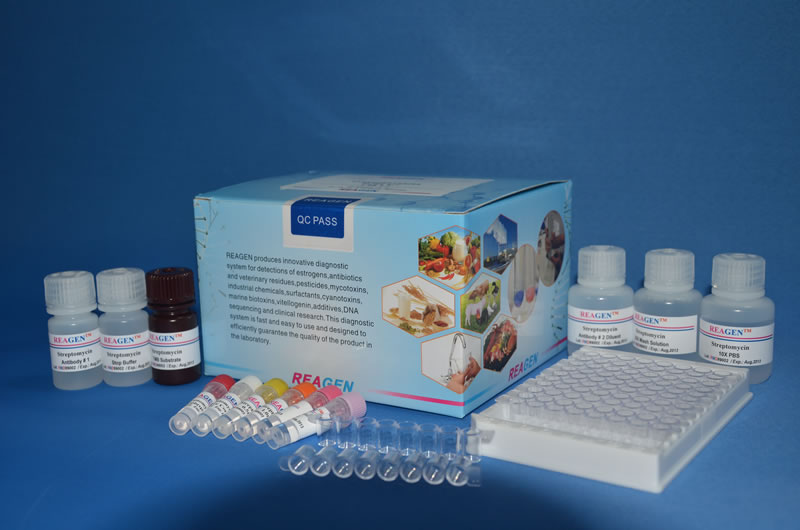ACET-HIS H3(L14) PEPT, BIOTIN 100UG
货号: 12-425 产品名称: ACET-HIS H3(L14) PEPT, BIOTIN 100UG 品牌: Millipore 规格: EA 三周到货 生化实验
Acetyl-Histone H3 (Lys14) Peptide, biotin conjugate
Close
PRODUCT FAMILY INFORMATION
Recombinant Histone Proteins, Enzymes, Peptides & Inhibitors
Purified recombinant histones, native nucleosomes, highly active histone-modifying enzymes, and broad range of modified peptide substrates and inhibitors.
Perform intricate in vitro manipulations of histones, nucleosomes, and chromatin with our portfolio of purified recombinant histones, native nucleosomes, highly active histone-modifying enzymes, and broad range of modified peptide substrates.
» More…
Histone H3 Antibodies, Proteins and Kits
Millipore’s Histone H3 antibodies demonstrate specificity against histone H3. See below for acetyl-, methyl-, phospho- histone H3 Antibodies and Proteins, based on the expertise of Upstate & Chemicon.
Millipore’s Anti-Histone H3 Antibody demonstrates specificity against Histone H3. See below for data, references and related products for Histone H3. All Millipore antibodies are based on the expertise of Upstate & Chemicon.
» More…
Description:
Acetyl-Histone H3 (Lys14) Peptide, biotin conjugate
Trade Name:
Upstate (Millipore)
Qty/Pk:
100 µg
Applications:
Routinely evaluated as a substrate for histone-modifying enzymes.
Key Applications:
Immunoprecipitation
Usage Statement:
Unless otherwise stated in our catalog or other company documentation accompanying the product(s), our products are intended for research use only and are not to be used for any other purpose, which includes but is not limited to, unauthorized commercial uses, in vitro diagnostic uses, ex vivo or in vivo therapeutic uses or any type of consumption or application to humans or animals.
View All »
Entrez Gene Summary:
Histones are basic nuclear proteins that are responsible for the nucleosome structure of the chromosomal fiber in eukaryotes. Two molecules of each of the four core histones (H2A, H2B, H3, and H4) form an octamer, around which approximately 146 bp of DNA is wrapped in repeating units, called nucleosomes. The linker histone, H1, interacts with linker DNA between nucleosomes and functions in the compaction of chromatin into higher order structures. This gene contains introns and its mRNA is polyadenylated, unlike most histone genes. The protein encoded is a replication-independent member of the histone H3 family.
View All »
UniProt Summary:
FUNCTION: SwissProt: Q16695 # Core component of nucleosome. Nucleosomes wrap and compact DNA into chromatin, limiting DNA accessibility to the cellular machineries which require DNA as a template. Histones thereby play a central role in transcription regulation, DNA repair, DNA replication and chromosomal stability. DNA accessibility is regulated via a complex set of post-translational modifications of histones, also called histone code, and nucleosome remodeling.
SIZE: 136 amino acids; 15508 Da
SUBUNIT: The nucleosome is a histone octamer containing two molecules each of H2A, H2B, H3 and H4 assembled in one H3-H4 heterotetramer and two H2A-H2B heterodimers. The octamer wraps approximately 147 bp of DNA.
SUBCELLULAR LOCATION: Nucleus.
PTM: Acetylation is generally linked to gene activation. Acetylation on Lys-10 impairs methylation at Arg-9. Acetylation on Lys-19 and Lys-24 favors methylation at Arg-18 (By similarity). & Citrullination at Arg-9 and/or Arg-18 by PADI4 impairs methylation and represses transcription (By similarity). & Asymmetric dimethylation at Arg-18 by CARM1 is linked to gene activation. Symmetric dimethylation at Arg-9 by PRMT5 is linked to gene repression (By similarity). & Methylation at Lys-5, Lys-37 and Lys-80 are linked to gene activation. Methylation at Lys-5 facilitates subsequent acetylation of H3 and H4 -20℃

